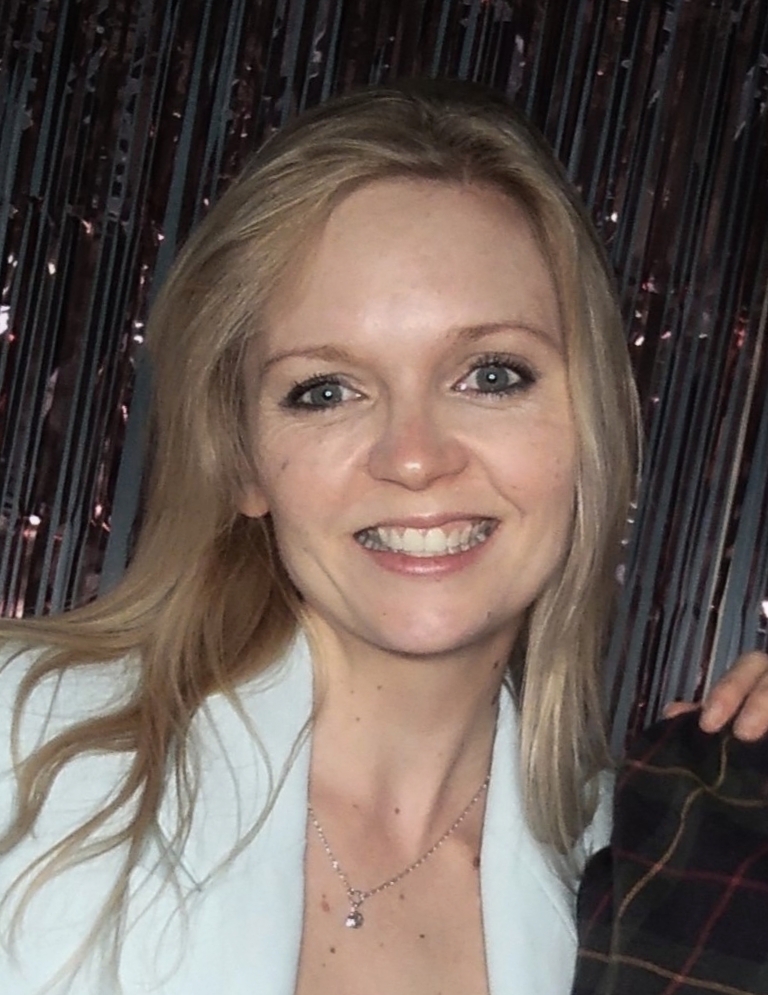
Exploring the potential for the healthy protein-rich termite fungal crops to be used for human consumption
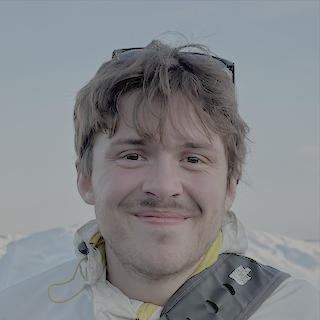
Luka has spent the past few years working as a research consultant, focusing on the cultivation of Termitomyces cultures among other laboratory methods. In addition, he is responsible for the group’s dissemination activities on social media and at events. Alongside his work, Luka has been involved in several projects within the group. From quantifying the impact of microbes associated with fungus-farming termites on plant decomposition in a savannah ecosystem to his latest project comparing the culturomics of soil fungi and bacteria in a compartmentalized Portuguese cave ecosystem recognized as a subterranean biodiversity hotspot.
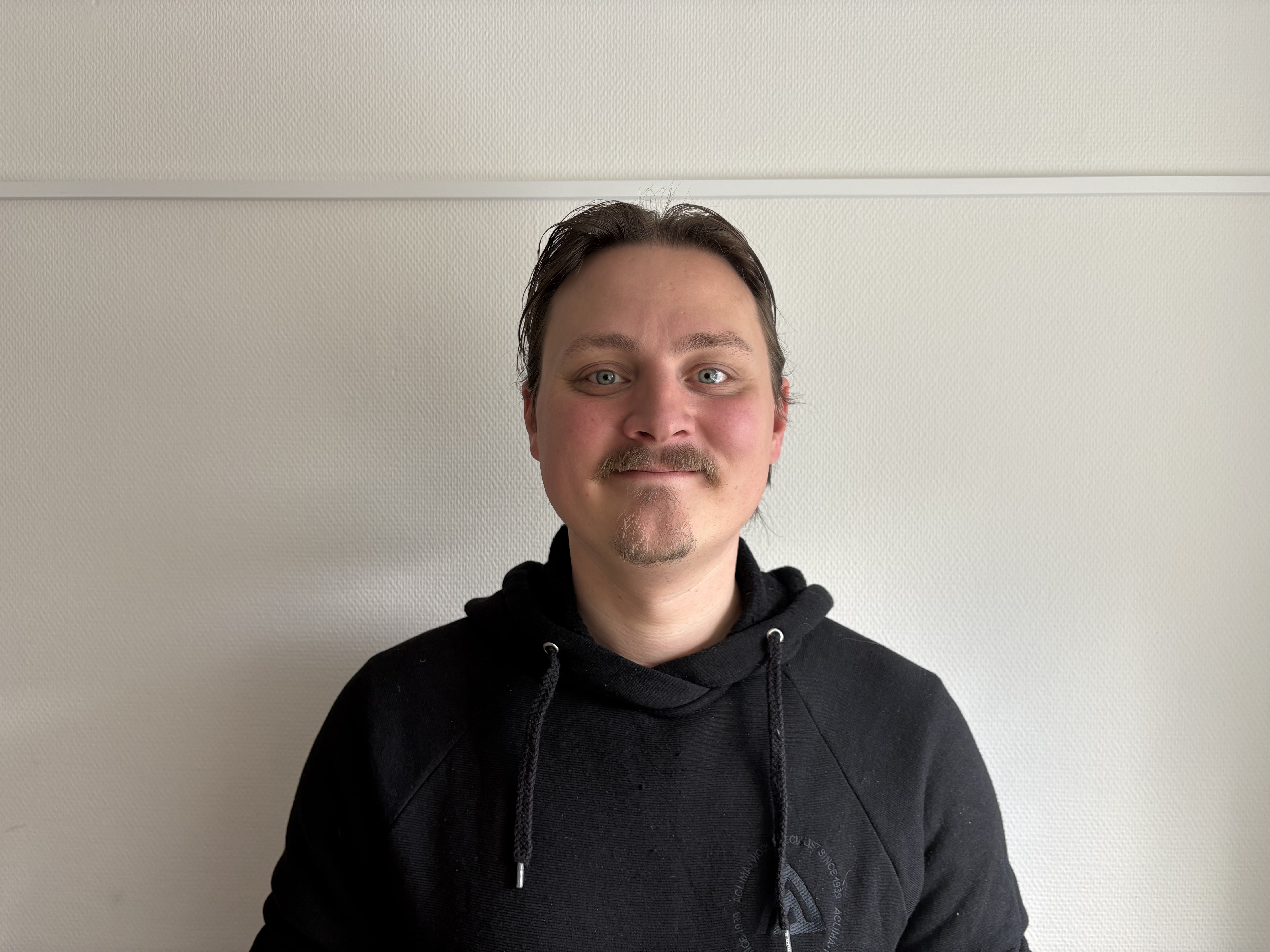
Kristian is designing methods for advanced inoculation methods for Termitomyces with liquid mediums for 3D-structures and cataloging Podaxis spore samples from the last 300 years.
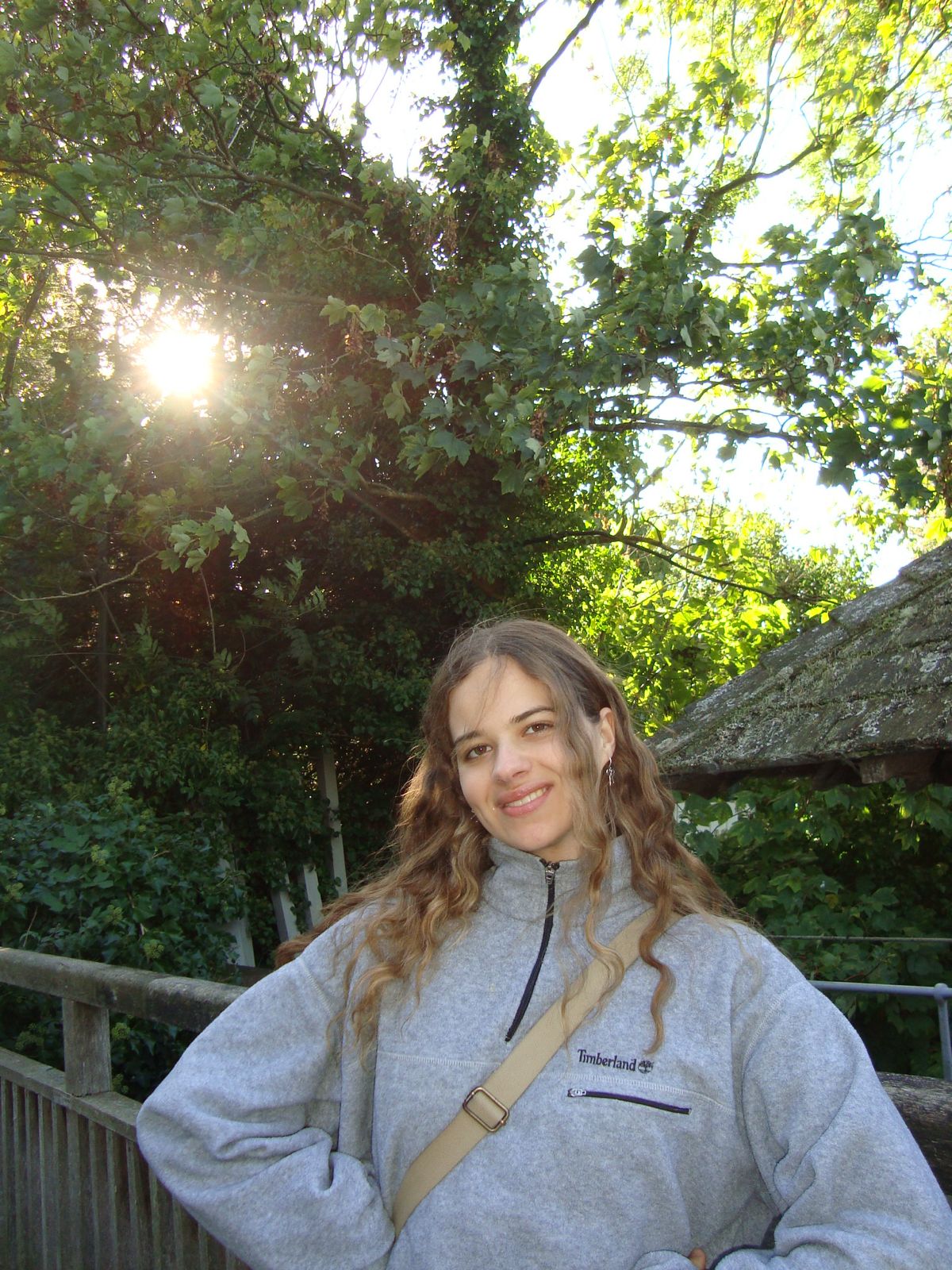
Ellyn has a background in wildlife conservation, but is also very interested by the world of mycology. She will be writing her thesis on white-nose syndrome fungus (P. destructans) in Danish bats, looking into its prevalence and its impact on bat winter ecology. Ellyn is passionate about the protection of wild spaces and using science communication to share this passion with others; she is excited to start doing so in a Northern European context.
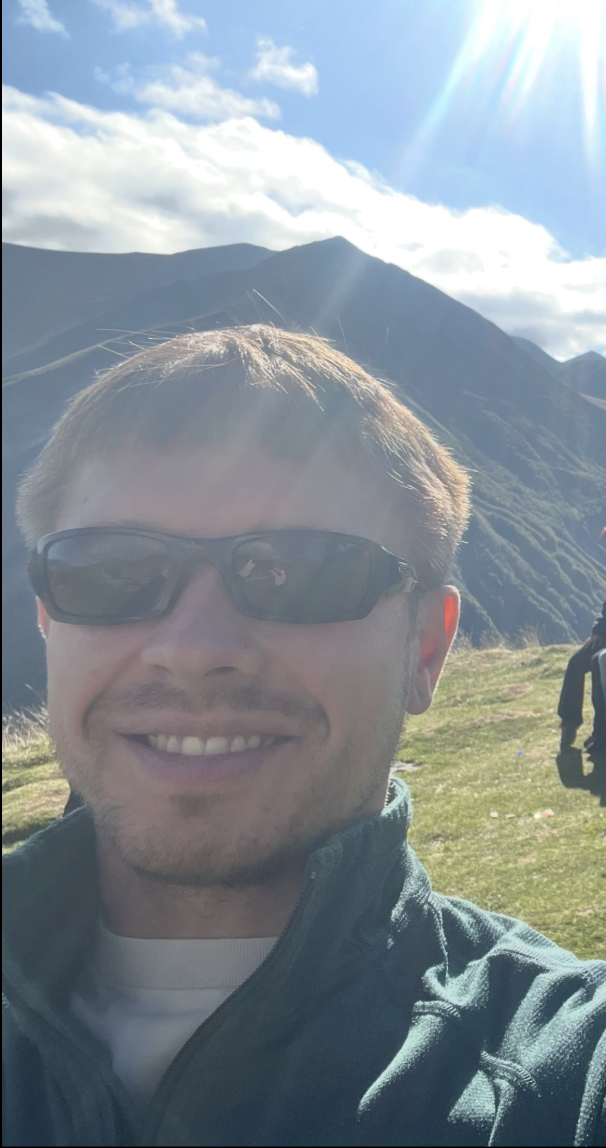
I’m a master’s student from Denmark with a broad interest in living organisms, currently fascinated by fungi and how they interact with their environment.
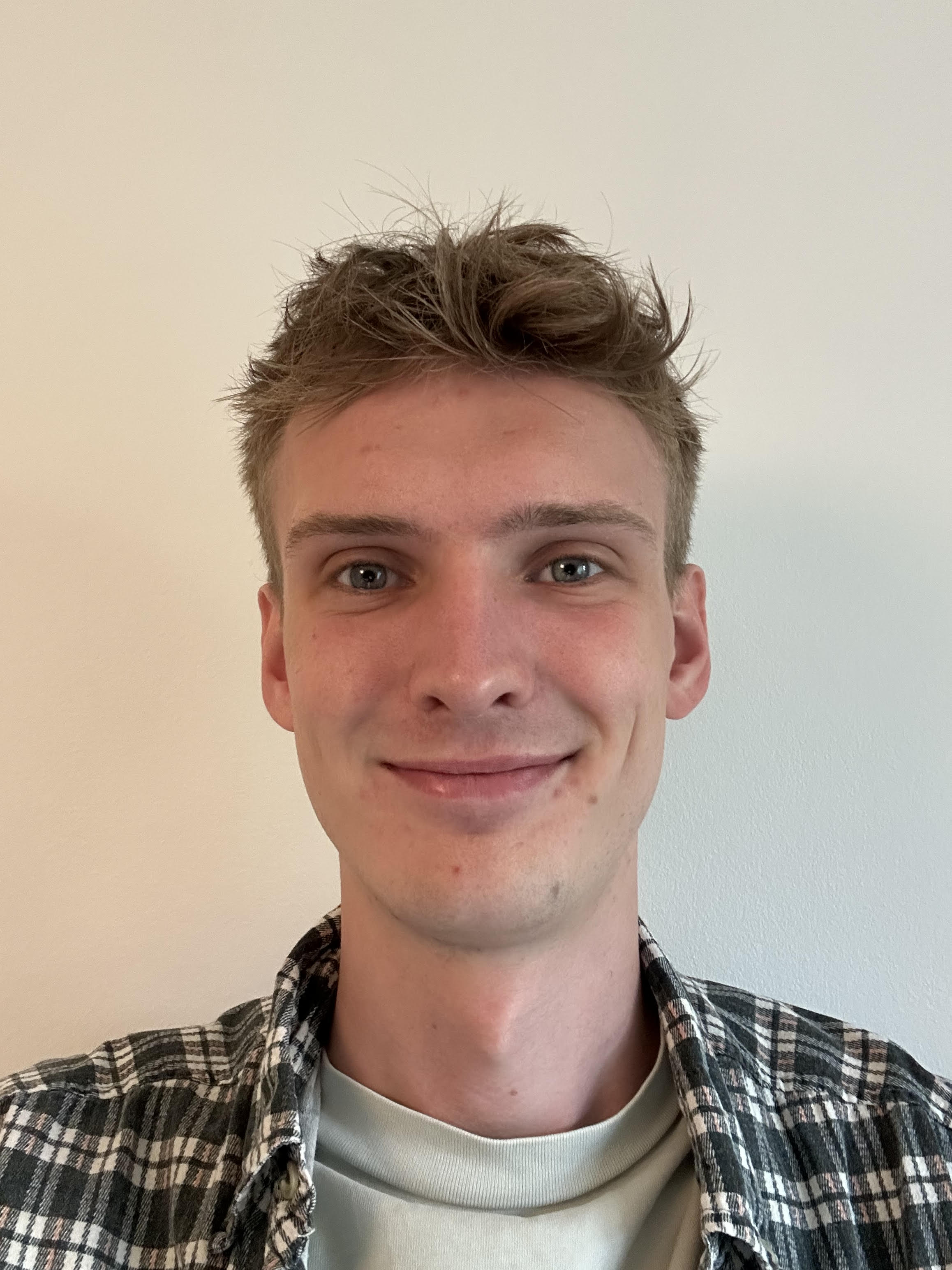
Mathias will determine whether fungi found in the environment of fungus-growing termites may potentially be harmful to the termites. His work will involve establishing an infection protocol to investigate this, using mealworms as a proxy for termites.
The fungi were collected in Africa and have since been isolated. Erin Cole previously conducted experiments showing that termites exhibit a social immune response when exposed to some of these fungi, suggesting that they could be harmful. However, this is not certain, so his task is to clarify this.
Kelsey is fasinated by all things mycology and is a long time bat lover. She is researching the prevalance of P.destructans in Danish bat species. P.destructans is the fungus responsible for white-nose syndrome and the mass mortality of bat populations in North America. Along with the prevalance, she is also interested in bat winter ecology and the possible implications P.destructans can have in a Eurpoean context.
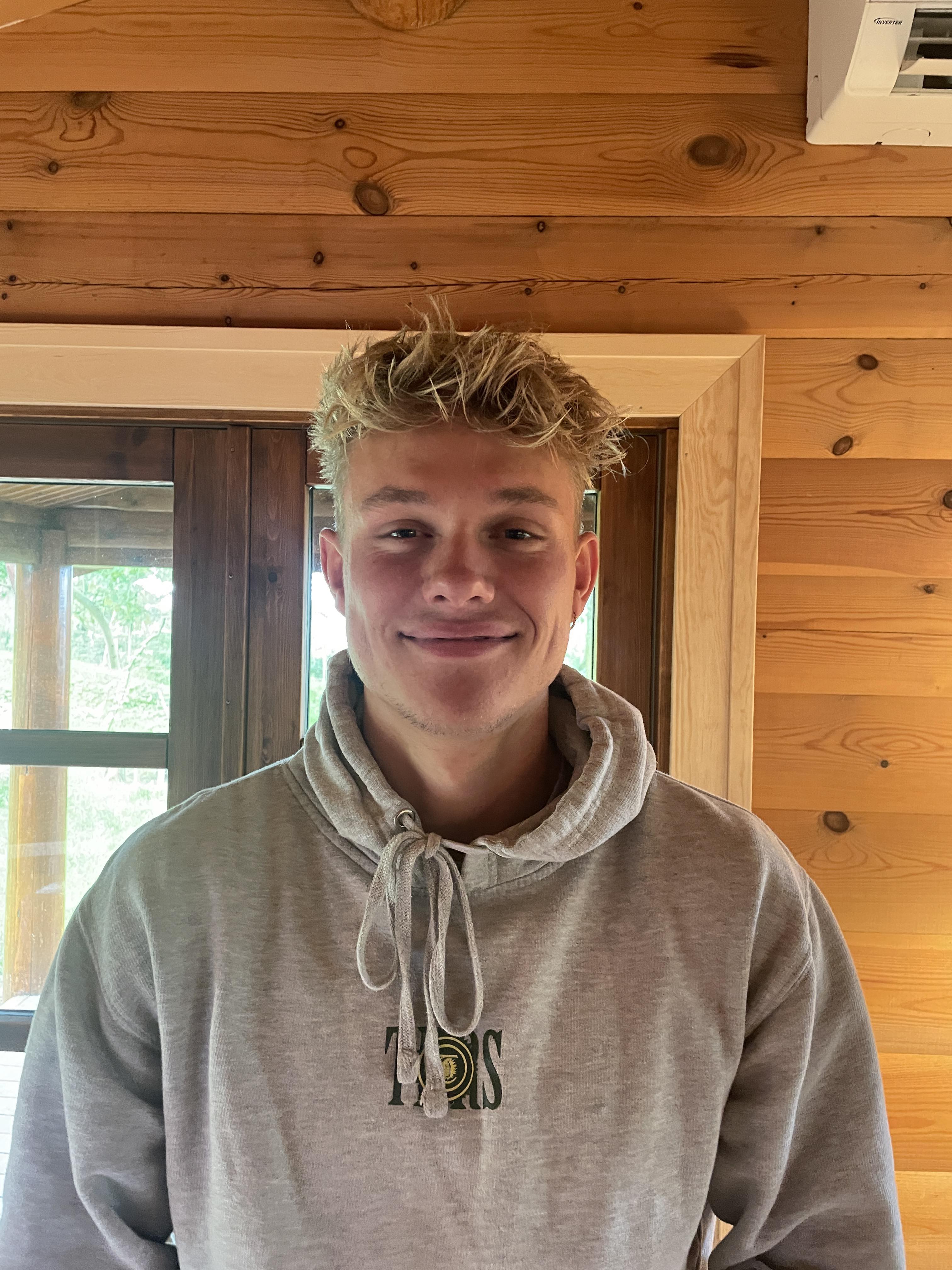
Anders wrote his bachelor’s thesis in the group on termite diversity in Senegal, aiming to contribute to more effective chimpanzee conservation in West Africa. His next research project with the group focuses on investigating volatile compounds produced by microbial communities in a Portugues cave ecosystem.
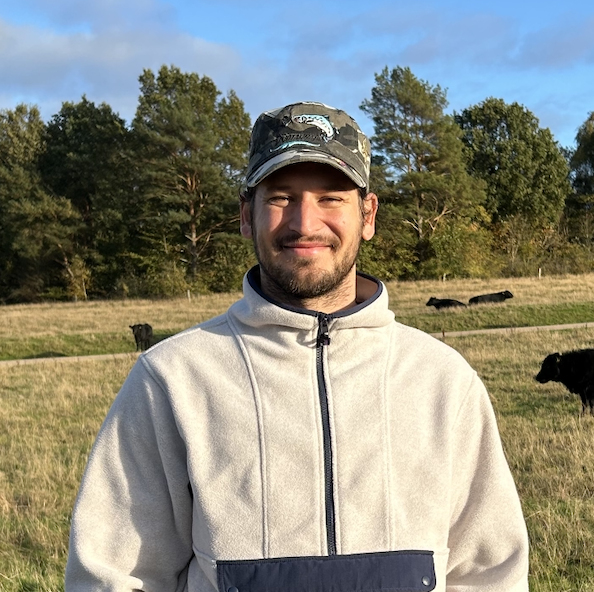
Pieter has a very strong interest in mycology. In his masters thesis, he is researching the effectiveness of indoor mould sampling methods in cooperation with the Indoor climate laboratory at Rambøll Danmark. He will specifically be assessing if DNA-based sampling methods can reveal fungal diversity uncaptured by traditional methods.